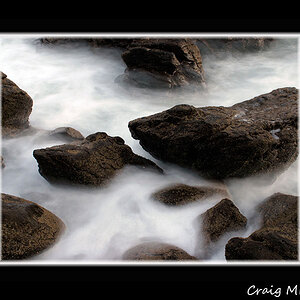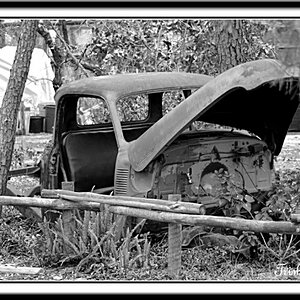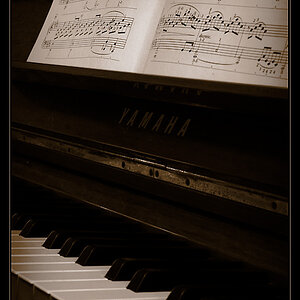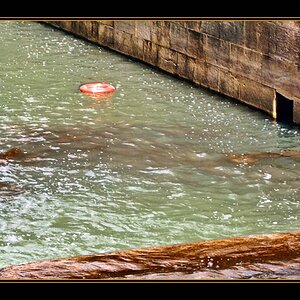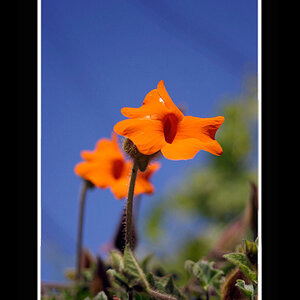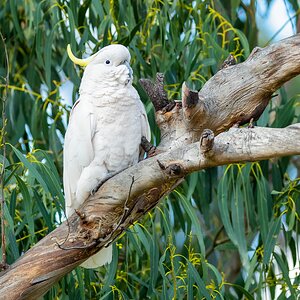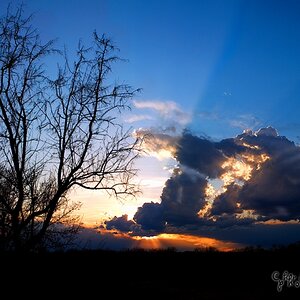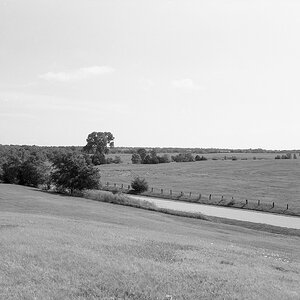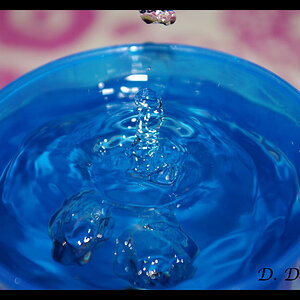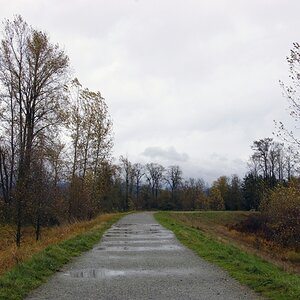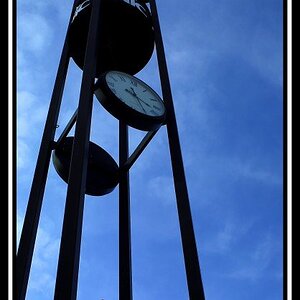Neil S.
TPF Noob!
- Joined
- Jul 16, 2010
- Messages
- 1,128
- Reaction score
- 21
- Location
- Japan
- Can others edit my Photos
- Photos NOT OK to edit
My questions are not motivated by a desire to become a better photographer, but by a desire to understand photo theory better out of pure scientific curiosity.
-TC
OK...
I think I understand now lol.
It was hard for me to tell where you were coming from there for a while.
To try and answer your question for Mike...
I think that you need to be looking into image noise in general, as that is the root of what you want to know.
Wikipedia: Image Noise
Image noise - Wikipedia, the free encyclopedia
Also this is good info
Wikipedia: Film Speed
Film speed - Wikipedia, the free encyclopedia
Digital camera ISO speed and exposure index (about 1/2 way down)
In digital camera systems, an arbitrary relationship between exposure and sensor data values can be achieved by setting the signal gain of the sensor. The relationship between the sensor data values and the lightness of the finished image is also arbitrary, depending on the parameters chosen for the interpretation of the sensor data into an image color space such as sRGB.
For digital photo cameras ("digital still cameras"), an exposure index (EI) ratingcommonly called ISO settingis specified by the manufacturer such that the sRGB image files produced by the camera will have a lightness similar to what would be obtained with film of the same EI rating at the same exposure. The usual design is that the camera's parameters for interpreting the sensor data values into sRGB values are fixed, and a number of different EI choices are accommodated by varying the sensor's signal gain in the analog realm, prior to conversion to digital. Some camera designs provide at least some EI choices by adjusting the sensor's signal gain in the digital realm. A few camera designs also provide EI adjustment through a choice of lightness parameters for the interpretation of sensor data values into sRGB; this variation allows different tradeoffs between the range of highlights that can be captured and the amount of noise introduced into the shadow areas of the photo.
Digital cameras have far surpassed film in terms of sensitivity to light, with ISO equivalent speeds of up to 102,400, a number that is unfathomable in the realm of conventional film photography. Faster processors, as well as advances in software noise reduction techniques allow this type of processing to be executed the moment the photo is captured, allowing photographers to store images that have a higher level of refinement and would have been prohibitively time consuming to process with earlier generations of digital camera hardware.
-----------------------------------------------------------------------
Maybe "signal gain" would been a better way to say it.
- Neil


